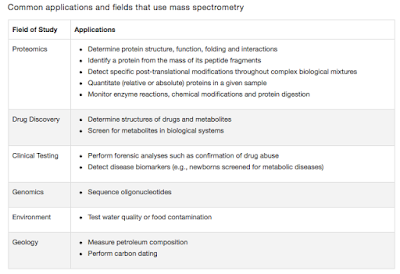Semen microbiome
Greetings
The classical microbiology had established that there are several sites in the body that are not physiologically accessible to the microbial community. Much of them are shown to harbour some microbial content and the list of sterile sites gets smaller. With access to better and deeper sequencing technologies and increasing computational ability we are finding microbiome in everything. For example placenta, amniotic fluid etc was considered as the "No No" for microbial community in physiological context, but a lot of current literature is suggestive of "It mayn't be the case".
One of the places in human body that was unexpectedly shown to harbour microbiome was seminal fluid. I like the phrase by Roger Meissen, "It’s a strange place to call home, but seminal fluid offers the perfect environment for particular types of bacteria". As the story goes, Seminal microbiome is a highly under studied system in terms of microbiome. In the last coupe of years, research has shed light on the subject and it has been speculated that the microbiome composition has a correlation with reproductive health. There are a variety of organisms proposed to be part of seminal microbiome (Lactobacillus, Veillonella, Streptococcus, Porphyromonas and Atopobium), which draws nutrition from seminal fluid rich in Fructose.
 |
| Fig 1: Overlap between seminal fluid and fecal samples. Source |
In the current study, the authors examined the microbiome of seminal fluid in mice model. The most common question in human studies is the source of microbiome. Since the seminal fluid passes down the urinary tract, the organisms in the tract are also bound to show up in the study. In the current study the researchers withdrew seminal fluid directly from seminal vesicles and sequenced the 16S rRNA. For a comparison they also sequenced the fecal microbiome. researchers identified several groups of bacteria such as Proteobacteria, Actinobacteria, Fusobacteria, Flavobacteria, and Acidobacteria. More interesting finding was that the seminal microbiome was consistent throughout the mice age while the fecal microbiome kept changing. I haven't fully understood the logic of comparing with fecal microbiome. I had rather do it with urinary microbiome, since this is anatomically closer.
This study is a proof of concept that seminal fluid harbours a unique microbiome. The study also identified that the seminal fluid microbiome is influential of metabolism. For example, P. acnes, Streptophyta spp, Corynebacterium spp, Pseudomonas veronii, and Acinetobacter spp are positively associated with significant amounts of metabolic pathway changes in the seminal fluid. Bioinformatic analysis of the sequence revealed a huge lot of interesting possibilities.
Rosenfeld, one of the investigators involved in the study comments, "The data showed that the bacterial composition found in the male reproductive tract contained potentially detrimental bacteria that can be transmitted to female reproductive partners and offspring. The bacteria also could be the causative agent of chronic prostatitis, a possible precursor to prostate cancer in males. Additionally, further testing showed this bacterial community contains the bacteria that may cause obesity in rats. Understanding how these genetic and environmental factors influence this particular microbiome could help in understanding how possible developmental disorders and diseases are passed down by fathers to their offspring."
Liu CM, Osborne BJ, Hungate BA, Shahabi K, Huibner S, Lester R, Dwan MG, Kovacs C, Contente-Cuomo TL, Benko E, Aziz M, Price LB, & Kaul R (2014). The semen microbiome and its relationship with local immunology and viral load in HIV infection. PLoS pathogens, 10 (7) PMID: 25058515
Javurek AB, Spollen WG, Ali AM, Johnson SA, Lubahn DB, Bivens NJ, Bromert KH, Ellersieck MR, Givan SA, & Rosenfeld CS (2016). Discovery of a Novel Seminal Fluid Microbiome and Influence of Estrogen Receptor Alpha Genetic Status. Scientific reports, 6 PMID: 26971397





Comments
Post a Comment